Foot-related problems are a common complication experienced by individuals living with diabetes. There are several simple tips that you can implement to decrease your chances of developing these complications. By following these tips, you can significantly lower your risk of experiencing diabetes-related foot issues.
1. Examine your feet daily
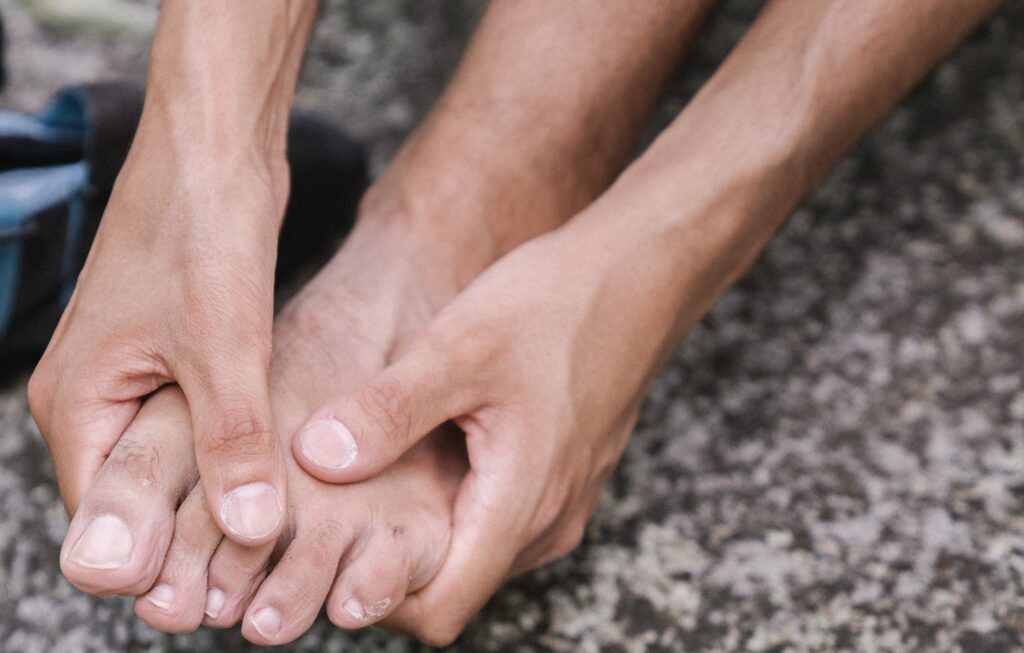
Look closely for skin dryness, scaling, cracking, redness, sores, blisters, or any other changes in the skin or nails. If you cannot see the bottom of your foot, use a mirror or take help from a family member.
2. Wash your feet daily
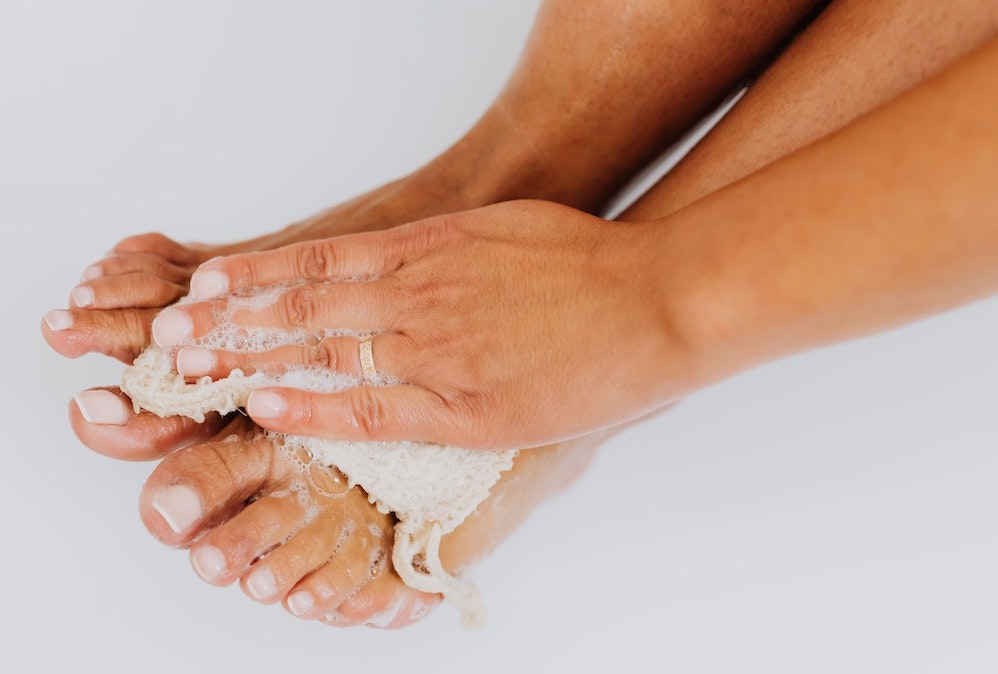
Wash your feet daily with lukewarm water and mild soap. Gently pat dry your feet with a clean absorbent towel. You can apply a gentle moisturiser on the top and bottom of your feet. Do not apply moisturiser between the toes. Do not use hot water or soak your feet in water.
3. Use good footwear

Wear well-fitting shoes with comfortable cotton socks. Before putting on the shoes, look for any sharp surfaces or small rocks inside them. If you have foot deformities, talk to your doctor about special shoes or inserts. When you buy new shoes, use them for short durations initially to prevent blister formation.
4. Trim your toenails properly
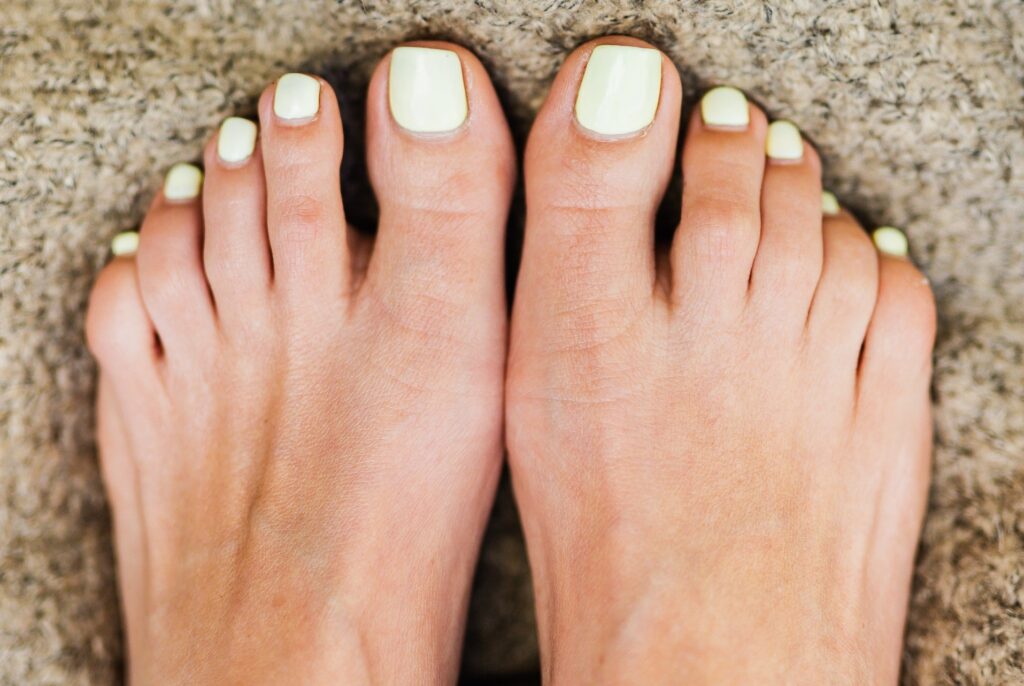
Use a nail cutter and cut the toenails straight across. Leave the corners at the sides long enough. Use a nail file to smoothen any sharp edges that can dig into the skin. If you cannot see or reach your feet, have a family member or professional (podiatrist) trim your toenails.
5. Give prompt attention to Corns and Calluses
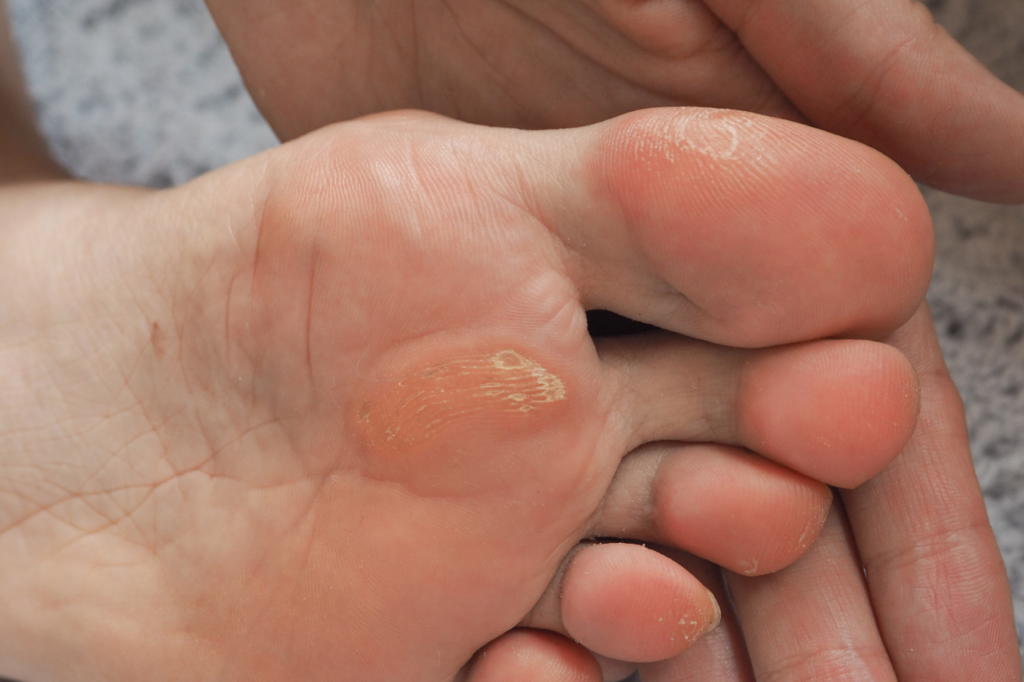
Contact your doctor if you notice corns or calluses on your feet. Do not remove them by yourself. Do not use any over-the-counter creams or stickers to remove them, as they can result in injury to your skin.
6. Keep the blood circulating in the feet
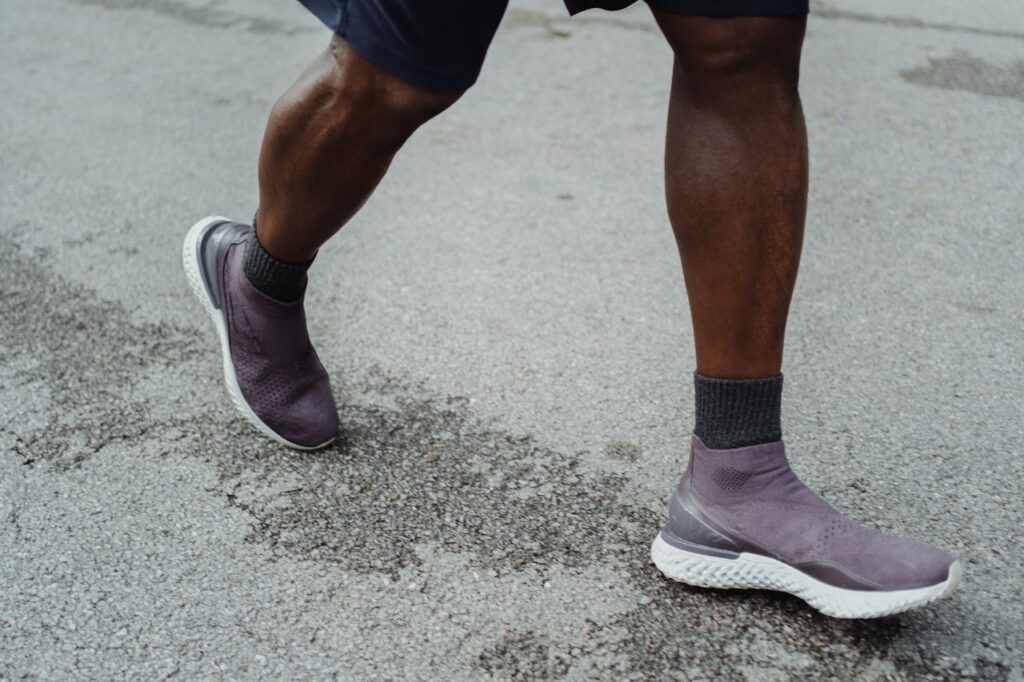
Exercise is good for circulation in the feet. Use comfortable shoes while exercising. Engage in feet-friendly exercises like walking, cycling or swimming. Check with your doctor about exercises that are appropriate for you and those you should avoid.
7. Avoid activities that can cause foot injury
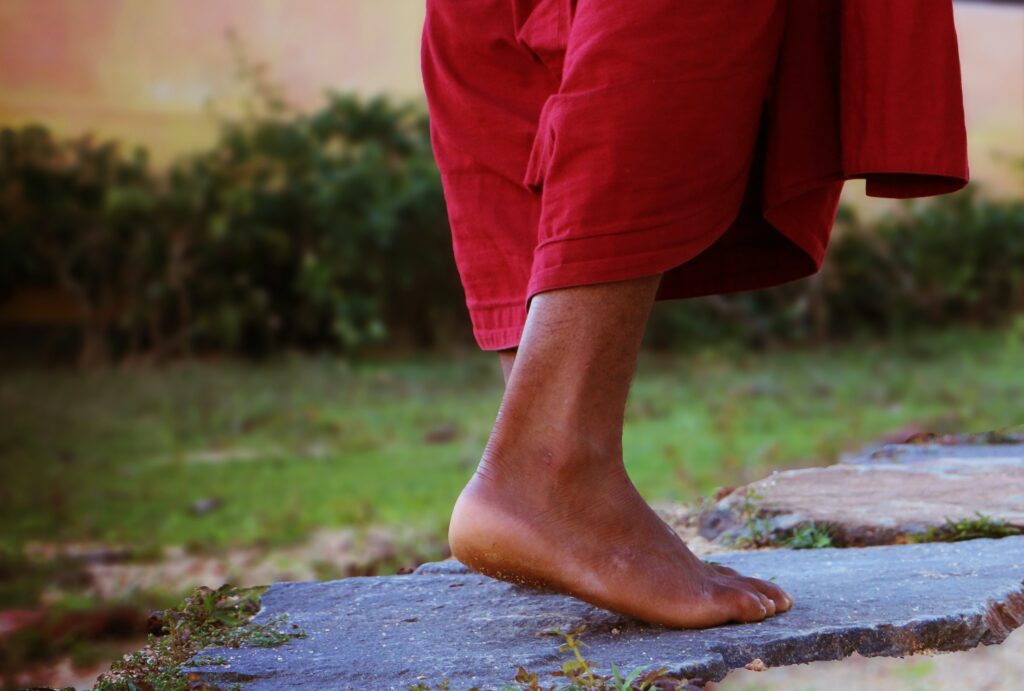
Do not go barefoot. You can step on sharp objects without realising it. Do not use hot water bags or heating pads on your feet. Check the temperature of the water in the bathtub before stepping into it.
8. Keep your blood sugars in control
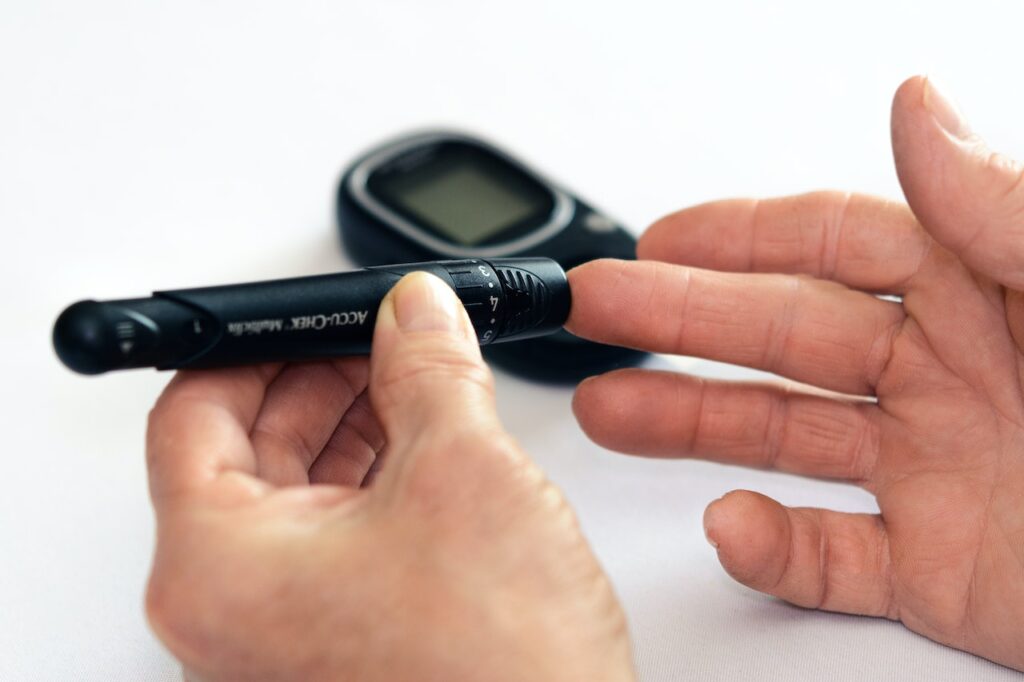
By keeping your blood sugar levels as near to the target suggested by your doctor, you can reduce the risk of all diabetes complications. Make healthy diet and lifestyle changes and take medications regularly as recommended by your physician to keep your blood sugars in control.
9. Quit smoking

Smoking can affect your heart and blood vessels and decrease the blood circulation to the feet. If you are a smoker, quitting the habit will reduce your risk of getting foot complications. If it is difficult for you to quit smoking, talk to your doctor about getting medical help to quit smoking.
10. Be aware of signs of nerve damage
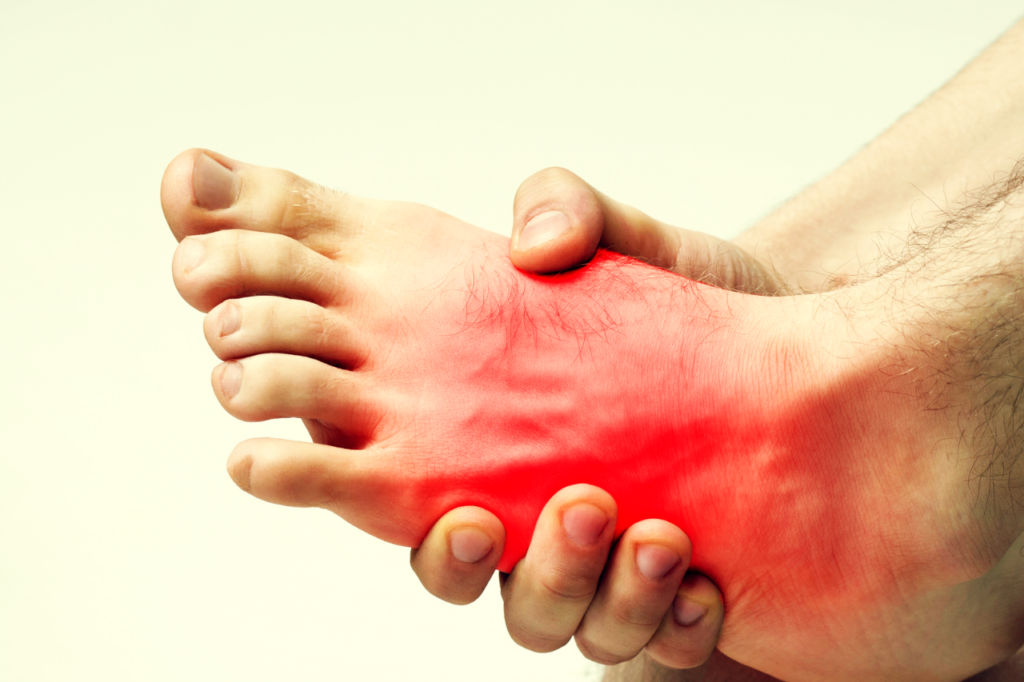
Diabetes can cause damage to the nerves in the long run, especially if it is uncontrolled. This can cause symptoms such as pain, burning, tingling, numbness, extreme sensitivity and weaknesses of muscles in the feet and legs. If you notice any of these symptoms, visit your doctor to get professional advice. Neglecting such symptoms can result in advanced disease where sensations can be lost completely in the foot and leg.
Get Regular Foot Exams
Remember to get your feet examined by the doctor at each visit. Also, visit your doctor for a foot examination at least once every year (more frequently if you have nerve damage). This will include check-ups for blood flow and sensations in your feet. If you notice any alarming skin changes, visit the doctor immediately.